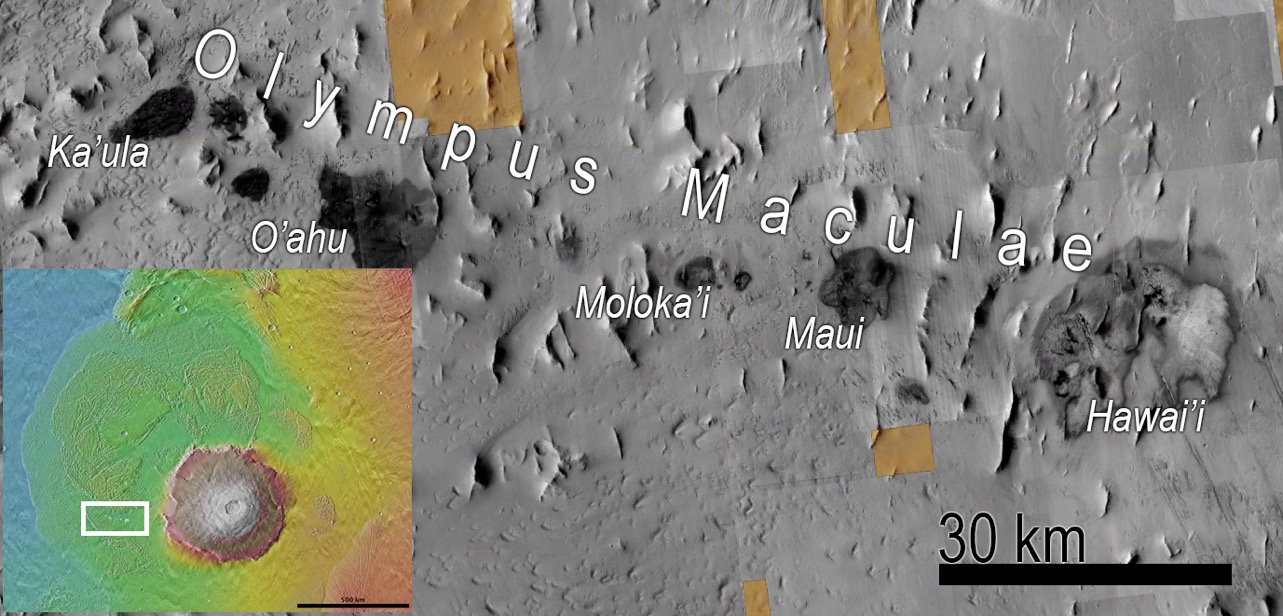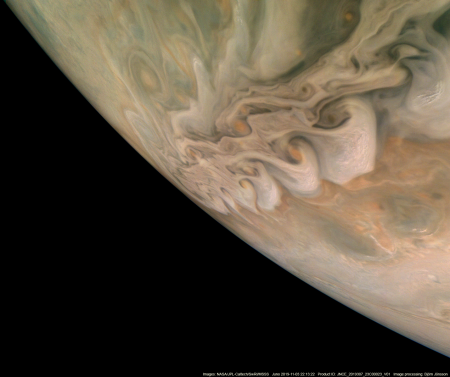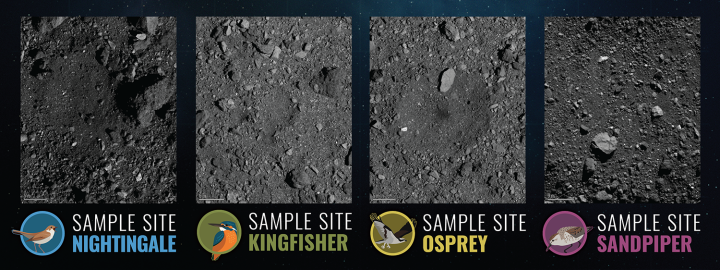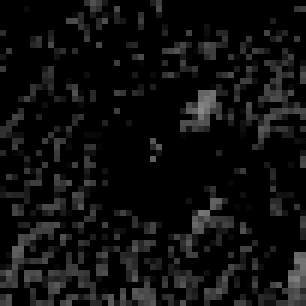Morgan Stanley recommends buying Virgin Galactic stock
Capitalism in space: A report yesterday by Morgan Stanley recommended the purchase of Virgin Galactic stock because of its claim that it might repurpose its SpaceShipTwo suborbital spacecraft from space tourism to point-to-point transportation on Earth.
Morgan Stanley began coverage of Virgin Galactic’s stock on Monday with an overweight rating, saying the space tourism company’s shares will soar as it proves out a long-term plan of flying people around the world at hypersonic speeds. “A viable space tourism business is what you pay for today … but a chance to disrupt the multi-trillion-dollar airline [total addressable market] is what is really likely to drive the upside,” Morgan Stanley analyst Adam Jonas wrote in a note to investors.
…Morgan Stanley’s price target of $22 a share represents a 203% increase from Virgin Galactic’s current levels. The company outlined a three phase plan to investors during its roadshow earlier this year. While Morgan Stanley gave a $10 a share valuation to Virgin Galactic’s space tourism business, phases one and two of its plan, the firm sees $12 a share in value from phase three: Hypersonic point-to-point air travel.
The report caused the space company’s lagging stock to surge yesterday, though its value today ($9.41) remains well below its opening price ($12.53).
Personally I think anyone who takes Morgan Stanley’s advice is a fool. Virgin Galactic has spent fifteen years trying to develop this suborbital spacecraft, and has still not flown any customers. Moreover, the design is underpowered, which means I have serious doubts it could be used for any point-to-point transportation. To make that happen will require a complete redesign.
This recommendation by Morgan Stanley also suggests that this is not my investment firm of choice. The analysis here seems very poor and somewhat ignorant of the technology involved, and suggests instead that it was aimed merely to cause a jump in the price so that some of Morgan Stanley’s customers could get rid of their already-purchased stock without too much loss.
Capitalism in space: A report yesterday by Morgan Stanley recommended the purchase of Virgin Galactic stock because of its claim that it might repurpose its SpaceShipTwo suborbital spacecraft from space tourism to point-to-point transportation on Earth.
Morgan Stanley began coverage of Virgin Galactic’s stock on Monday with an overweight rating, saying the space tourism company’s shares will soar as it proves out a long-term plan of flying people around the world at hypersonic speeds. “A viable space tourism business is what you pay for today … but a chance to disrupt the multi-trillion-dollar airline [total addressable market] is what is really likely to drive the upside,” Morgan Stanley analyst Adam Jonas wrote in a note to investors.
…Morgan Stanley’s price target of $22 a share represents a 203% increase from Virgin Galactic’s current levels. The company outlined a three phase plan to investors during its roadshow earlier this year. While Morgan Stanley gave a $10 a share valuation to Virgin Galactic’s space tourism business, phases one and two of its plan, the firm sees $12 a share in value from phase three: Hypersonic point-to-point air travel.
The report caused the space company’s lagging stock to surge yesterday, though its value today ($9.41) remains well below its opening price ($12.53).
Personally I think anyone who takes Morgan Stanley’s advice is a fool. Virgin Galactic has spent fifteen years trying to develop this suborbital spacecraft, and has still not flown any customers. Moreover, the design is underpowered, which means I have serious doubts it could be used for any point-to-point transportation. To make that happen will require a complete redesign.
This recommendation by Morgan Stanley also suggests that this is not my investment firm of choice. The analysis here seems very poor and somewhat ignorant of the technology involved, and suggests instead that it was aimed merely to cause a jump in the price so that some of Morgan Stanley’s customers could get rid of their already-purchased stock without too much loss.





